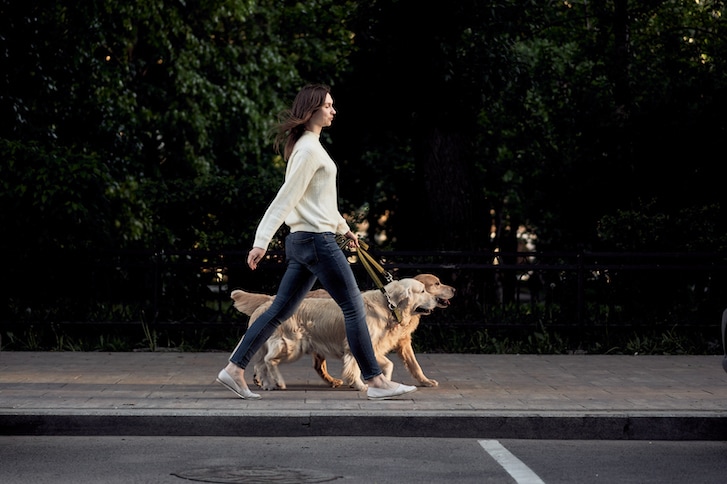If you’re making a living as a pet sitter, there are certain things you need to do to prove you’re the real deal and a professional who takes your job seriously. Launching a website, securing good advertising and having positive customer reviews may come to mind, but even more important than any of that is securing public liability insurance as a pet sitter.
This is what, first and foremost, truly legitimises businesses. Public liability insurance for pet sitters protects the client, it protects the company and it protects the business owner. To get an idea of all the options available to you, an online search will yield plenty of links.
A common theme appears when it comes to getting insured: Insurance isn’t just important for you; it’s important for your clients. They will often ask to see proof of insurance, so it’s important you have something to show.
Having public liability insurance can also make you stand out from other pet sitters, because it brings peace of mind for your clients and for you; it’s also what differentiates you professionally from hobby pet sitters. Like most other forms of insurance, pet sitting insurance is something that’s good to have and preferably not to use.
If you are seeking coverage but aren’t sure what your policy should include, we can help. Here are the key things to consider when selecting an insurance policy, plus what you can expect to pay.
What to get: Public liability insurance
Public liability coverage protects against third-party claims if a pet owner or pet is injured or their property is damaged while under your service. As an indication, you can get up to $20 million of Australia-wide liability coverage for less than $500 per year—which works out at little more than $40 per month.
The level of pet sitting insurance coverage you need will depend on the size of your business, the number of clients you serve and you business’s annual revenue. For more established businesses, a sample policy might include property cover, loss of profits, theft, animals in transit and public liability cover up to $10 million—all-round protection that comes in at $1,200 a year in one indicative quote. In any case, you need to read the product disclosure statement very carefully to ensure that your policy covers all eventualities and personal property in your care—from a dog attack to chewed up furnishings. As soon as someone gives you the key to their house and they’re not there, you now have access and responsibility for that home, as well as the pet.
You also want to make sure your coverage is definitely enough to cover vet medical losses, which are the bills you’d potentially be responsible for should a pet be injured while in your care. For example, you open the door of the house and the dog runs out and gets hit by a car. If the dog needs multiple surgeries, vet bills could be as high as $20,000—or more.
Add-on coverage: Employee dishonesty
Coverage in the event of theft is the kind of thing clients may ask a pet sitter about during a job interview.
Employee dishonesty insurance covers business losses caused by theft or dishonest acts on the part of employees. This is subject to obtaining money and/or contents insurance, but will protect all involved if a theft occurs.
Add-on coverage: Lost key coverage
Let’s hope it never happens to you, but if a key goes missing, it’s a good idea to have coverage.
Say you leave keys in the car, the car gets stolen and you lose the keys, and the client wants new locks and keys for the home. You’ll want to look at a limit to redo the home’s locks in case you lose the key. Lost keys are sometimes covered by public liability insurance, but always check your policy!
Add-on coverage: Workers compensation
While it can be pricey, workers compensation insurance is something pet sitters should consider getting. Accidents happen, that’s a given—and so do lawsuits.
Things can get messy between a pet sitter and client when someone is injured on the job if workers compensation has not been taken out. In fact, workers compensation is compulsory for most employers in Australia, although the conditions and the bodies charged with administering it differ from state to state. Generally you will be looking at between 1.2% and 2.3% on top of payroll.
It offers financial peace of mind because it covers you for any costs you may be liable for if someone sustains a work-related illness or injury.
It generally covers wages or loss of earnings if the ill/injured party is unable to work, and covers medical expenses, treatment and rehabilitation to a reasonable extent.
